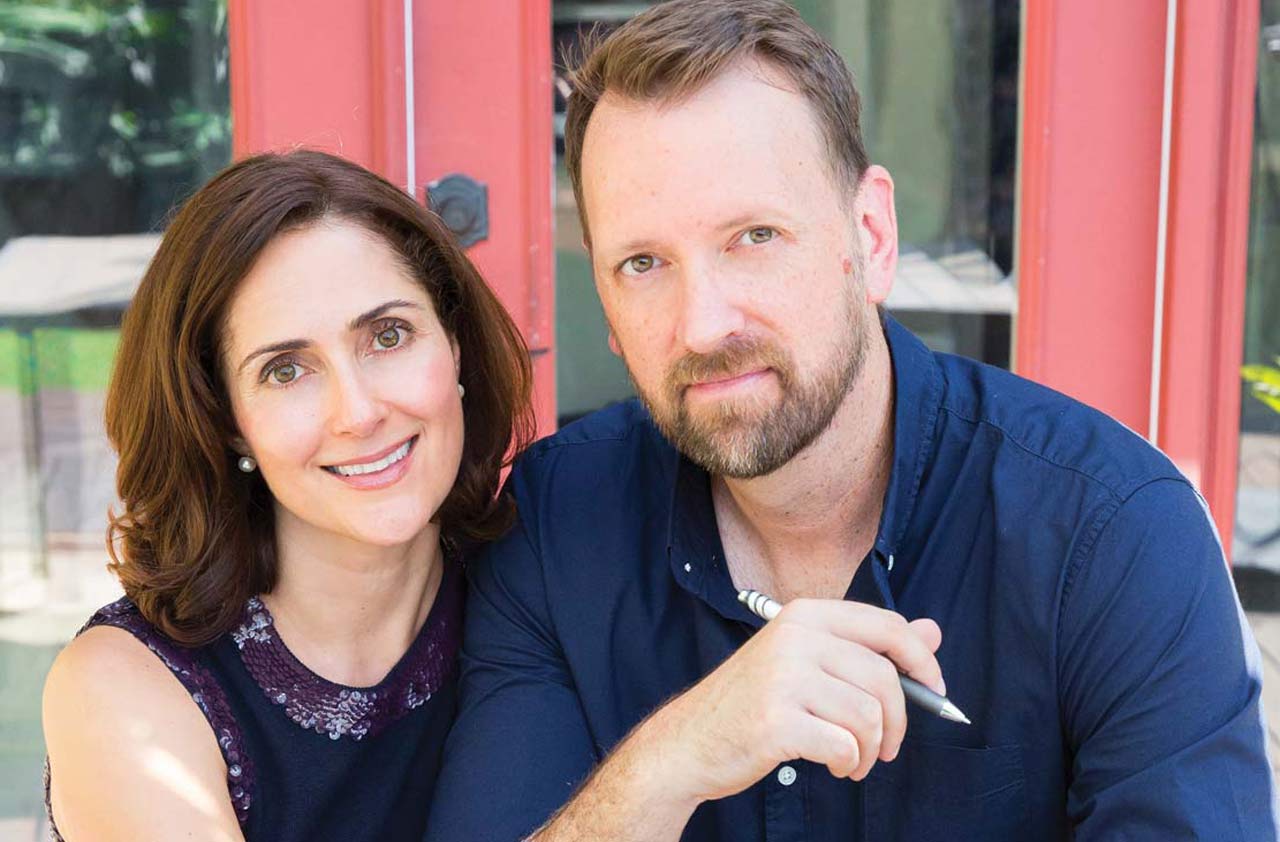Long-Term-Care Help From States
More than half of the states have programs that let some people qualify for Medicaid before depleting all their assets.

What do you think of state long-term-care partnership programs?
I think that state long-term-care partnership programs are a great way to provide extra protection against the high cost of long-term care.
Thirty-four states have passed partnership laws, and several more plan to do so soon. If you buy an approved long-term-care insurance policy in one of these states and use all of your benefits, you can qualify for Medicaid without having to deplete almost all of your assets first.

Sign up for Kiplinger’s Free E-Newsletters
Profit and prosper with the best of expert advice on investing, taxes, retirement, personal finance and more - straight to your e-mail.
Profit and prosper with the best of expert advice - straight to your e-mail.
State partnership programs allow you to protect assets equal to the amount your long-term-care insurance policy pays. For example, if you have a policy that pays a total of $200,000 in benefits (usually your daily benefit multiplied by your benefit period), you can protect an extra $200,000 in assets above the Medicaid limits (which vary by state).
For a list of states that offer a long-term-care partnership program or plan to adopt a program soon, see the Long Term Care Partnership Tracking Map.
Ask your agent or insurer if your policy qualifies for this program. Most policies sold in the past few years qualify, and many older ones do, too.
If your state has a partnership program, it’s better to select a “short and fat” benefit period for your long-term-care policy rather than a “long and lean” policy. For example, if long-term care costs about $200 a day in your area, it’s generally better to buy a policy that covers $200 a day for three years rather than $100 a day for six years.
This strategy protects you against most long-term-care expenses, with fewer out-of-pocket costs, and helps you qualify for the partnership benefits sooner.
Most people who need long-term-care benefits will not need them beyond three years. A study by actuarial consulting firm Milliman found that only 8% of claimants who had policies with a three-year benefit period exhausted their benefits. Of those with a five-year benefit period, only 1.5% used all their benefits.
But if you need care for longer than that and you live in a state with a partnership program, then you can get help from Medicaid after you use up your insurance policy’s benefits. If you bought the short-and-fat policy, you can get help from Medicaid after just three years; you’d have to wait for six years if you had the long-and-lean policy with the longer benefit period and the lower daily benefit.
For more information about long-term-care insurance, including some new strategies to lower the cost and still get solid coverage, see Long-Term Care You Can Afford. Also see our Long-Term Care special report for additional resources to help you pick the right policy and coverage for your needs. See Make Sure Your Insurer Pays Up for advice that can help you get your long-term- care claim paid smoothly. The National Clearinghouse for Long-Term Care Information includes links to several resources to help with your long-term-care decision.
Get Kiplinger Today newsletter — free
Profit and prosper with the best of Kiplinger's advice on investing, taxes, retirement, personal finance and much more. Delivered daily. Enter your email in the box and click Sign Me Up.

As the "Ask Kim" columnist for Kiplinger's Personal Finance, Lankford receives hundreds of personal finance questions from readers every month. She is the author of Rescue Your Financial Life (McGraw-Hill, 2003), The Insurance Maze: How You Can Save Money on Insurance -- and Still Get the Coverage You Need (Kaplan, 2006), Kiplinger's Ask Kim for Money Smart Solutions (Kaplan, 2007) and The Kiplinger/BBB Personal Finance Guide for Military Families. She is frequently featured as a financial expert on television and radio, including NBC's Today Show, CNN, CNBC and National Public Radio.
-
 Tax Time: Does Your Kid Influencer Owe Taxes?
Tax Time: Does Your Kid Influencer Owe Taxes?State Tax Some minors are making big money on social media. Here’s how to know if they need to file taxes.
By Gabriella Cruz-Martínez Published
-
 10 Major AI Companies You Should Know
10 Major AI Companies You Should KnowThese 10 AI companies are at the forefront of machine learning. Find out how they’re driving innovation and jostling to be the biggest players in the game.
By Tom Taulli Published
-
 Short-Term Insurance Plans' Good, Bad and Ugly
Short-Term Insurance Plans' Good, Bad and Uglyretirement You'll need a clear-eyed analysis to gauge the value of short-term care insurance plans and if they're right for you.
By David Rodeck Last updated
-
 Retirees, This Is What It Takes to Be Your Own Insurer
Retirees, This Is What It Takes to Be Your Own InsurerLong-Term Care Insurance The costs of long-term care are already exorbitant and will only get worse. Follow this guidance to get in front of the issue.
By Jackie Stewart Published
-
 You Can Keep Some Assets While Qualifying for Medicaid. Here's How
You Can Keep Some Assets While Qualifying for Medicaid. Here's HowLong-Term Care Insurance There are some tools you can use to avoid spending down all of your assets, and potentially impoverishing a spouse, while still meeting the qualifications for Medicaid.
By David Rodeck Published
-
 Insurance for Long-Term Care at Home
Insurance for Long-Term Care at Homeretirement In the wake of COVID-wracked nursing homes, increasingly more people are looking at options to age in place with long-term care insurance.
By Alina Tugend Published
-
 Time for an Insurance Review
Time for an Insurance ReviewCoronavirus and Your Money You may need to update your policies in light of COVID-19.
By Daniel Bortz Published
-
 The Real Reasons People Decide to Buy Long-Term Care Insurance
The Real Reasons People Decide to Buy Long-Term Care InsuranceLong-Term Care Insurance Before you dig into costs, benefits and contingency plans, step back and look at the big picture. This decision is bigger than budgets and life-expectancy tables. It's about your family and your wishes for them as well as yourself.
By Dennis Ho, FSA, CFA® Published
-
 Avoid the Obstacles of Long-Term-Care Claims
Avoid the Obstacles of Long-Term-Care ClaimsLong-Term Care Insurance Filing a claim can be an ordeal, but these preventive measures will streamline the process.
By Kimberly Lankford Published
-
 What to Know Before Purchasing a Long-Term Care Rider
What to Know Before Purchasing a Long-Term Care RiderLong-Term Care Insurance Do you know the difference between a long-term care rider and chronic illness rider? Section 7702B and Section 101(g)? If you're contemplating a life insurance policy or annuity with a long-term care rider, make sure to understand the key terms.
By Carlos Dias Jr., Wealth Adviser Published